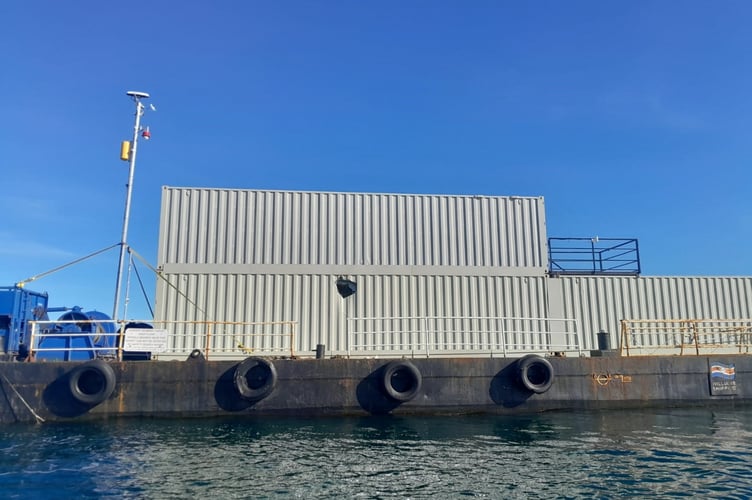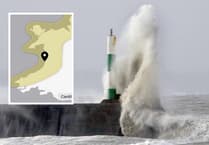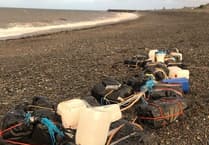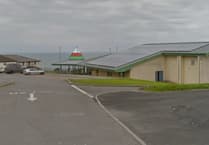Ship-busting missiles that were first tested in Cardigan Bay last year can now be fitted to Royal Navy maritime attack helicopters, it has been announced.
The anti-ship Sea Venom missile can be deployed with Wildcat helicopters on frontline duties, after passing an Initial Operating Capability (IOC) milestone.

A Wildcat can carry up to four Sea Venoms, giving it the ability to strike multiple targets in a single sortie or unleash a salvo against one target.
It carries enough destructive power to target larger warships – such as corvettes and patrol ships – while the Wildcat also carries the lightweight Martlet missile for taking out boat swarms and smaller vessels.
The missiles were first tested in Cardigan Bay last October - with guided firing carried out on a target vessel off the coast of Aberporth.
IOC was achieved during Operation Highmast – the Royal Navy’s global mission to the Indo-Pacific led by flagship HMS Prince of Wales.

Four Wildcats from 815 Naval Air Squadron are armed with Sea Venom on the deployment, spread across the Carrier Strike Group on carrier HMS Prince of Wales, destroyer HMS Dauntless and Norwegian frigate HNoMS Roald Amundsen.
Commanding Officer of 815 Naval Air Squadron, Commander James Woods, said: “The introduction of Sea Venom is a step-change in our combat power.
“It delivers a lethal combination of precision, reach, and flexibility that allows us to strike decisively against a wide spectrum of threats in the maritime, coastal, and land domains.
“Most importantly, it gives us the ability to neutralise those threats at range. This is a transformational capability for the Fleet Air Arm, and ensures that we are ready to defend and protect NATO and Allied interests at home and abroad.”




Comments
This article has no comments yet. Be the first to leave a comment.